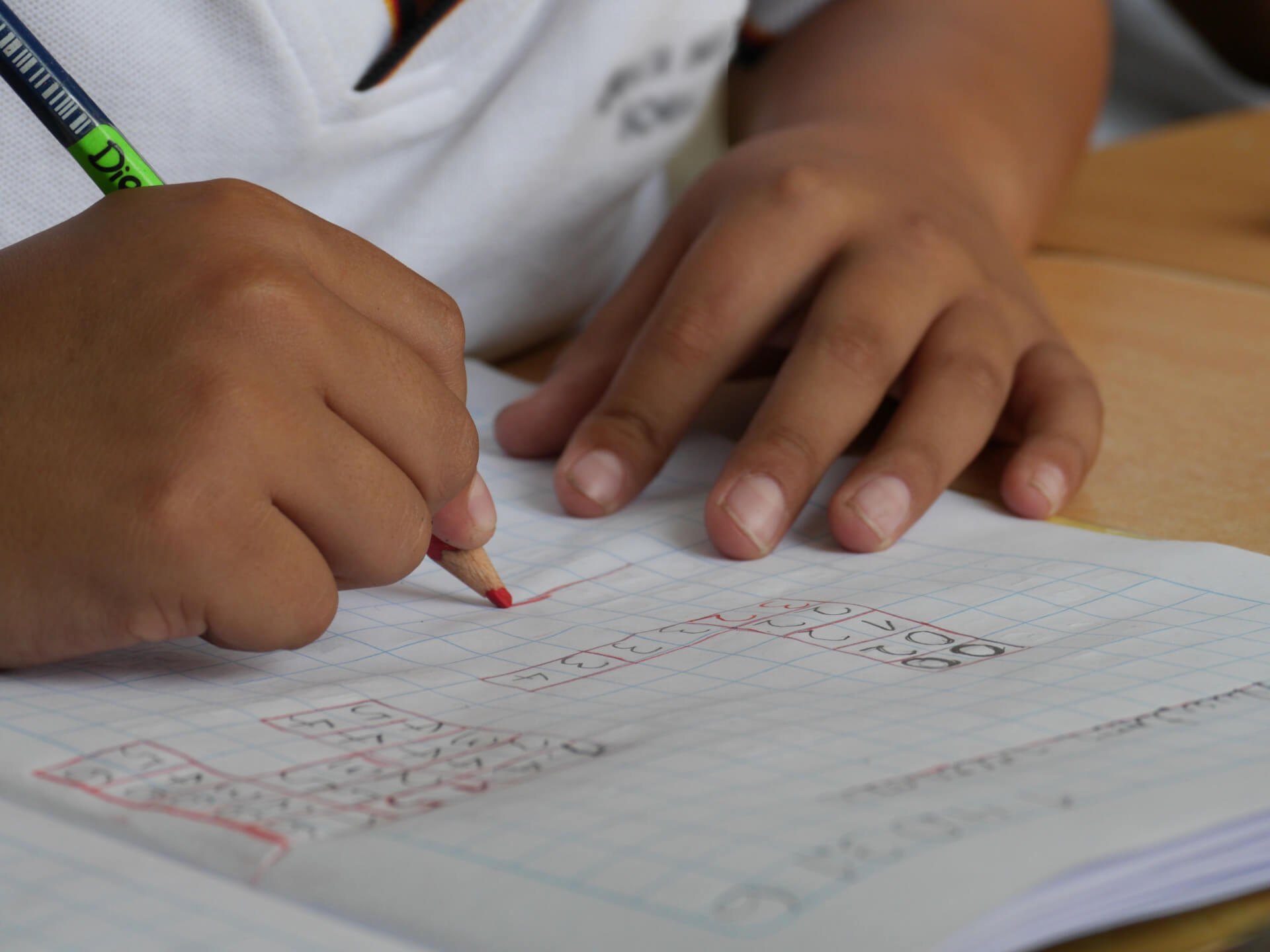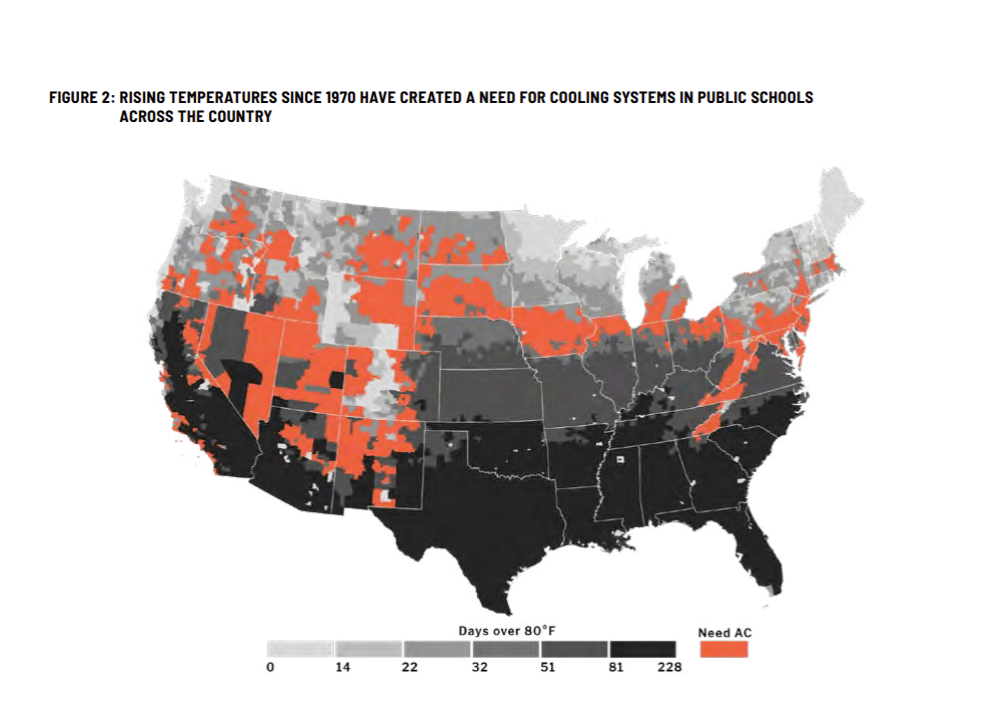Researchers: Black And Brown Students Are Especially Suffering From Remote Learning

Although educational disparities already existed for Black, Latino and low-income Maryland students before the COVID-19 pandemic, they have only gotten more jarring since classes went online, according to researchers.
After interviewing 52 Black and Latino students, parents and educators in Montgomery County Public Schools this summer, researchers at the University of Maryland School of Public Health found that Black and Brown students needed more adult support, better communication and more resources.
Most importantly, educators need to understand the lived experiences of underserved Black and Brown students before they can successfully address disparities in a culturally sensitive way, researchers said.
This could involve hiring more staff who are members of underserved communities, as one educator shared that their coworkers weren’t fit to reach out to Black and Brown students once the pandemic hit because those educators don’t live in the same neighborhoods as those students and couldn’t imagine the everyday challenges they faced at home.
Black and Brown children make up 54% of Montgomery County Public Schools’ student body, but middle and high school Black and Latino students from low-income families were found to be 1 1/2 times more likely than their peers to have a novice teacher, Mondi Kumbula-Fraser, the director of The Black and Brown Coalition for Educational Equity and Excellence, said during a webinar this month.
One student told UMD researchers that she needed help managing her time, which was easier to do before the pandemic, when she woke up at 6 a.m. every morning to leave for school early. Now her parents call her, asking if she has cooked food or if she could run errands during her meetings. “I have to obey them, I have to put the family first, you know what I mean?” she said.
Teachers are critical in helping motivate students in their work and to hold them accountable, but at home, students have more liberty to choose whether they want to complete the work or not, especially for those with parents who work. Some students said they need adults’ help in structuring their responsibilities.
“At school, you don’t have many chances to just sit there and not do your work. Most teachers make it pretty hard for you not to just sit there and do nothing,” one student said. “But in online school they don’t have as much control over the situation. They can’t force someone to get on Zoom and finish their assignments. You control your attitude and your effort, and what you want for yourself.”
Older students are often left to take care of their younger siblings when their parents are not available, including making food or helping them log in and stay in class. Lack of adult support and additional responsibilities at home can become intractable and hamper students’ motivation in their own schoolwork, researchers found.
“I became an afterschool teacher for my two young siblings and cousin and also an IT technician at the same time. The overload of work is stressful and you’re trying to find a way to get it done and at the same time, trying to understand,” a student said in video by The Black and Brown Coalition for Educational Equity and Excellence.
Students also felt frustrated and isolated while trying to figure out attendance and expectations for their assignments, which often led to disengagement, researchers found. Communication needs to be more personal and proactive, students said, because sometimes they may feel embarrassed to reach out.
If a teacher sent them an email asking how things were going, it would feel like “this teacher’s looking out for me, and she’s got my back. And it makes me wanna come on forward and talk to that teacher more if I have any problems about something because I know that she cares about what’s going on with me,” one student said.
Although schools provided students with Chromebooks, some were too slow or would break down, forcing students to log into class from their phones. Other students said they struggle with a lack of a private space or a desk to focus on schoolwork.
“We didn’t get to do any of the lessons or complete most of the work because we kept getting kicked off the internet. And MCPS offered the MiFi for the kids who didn’t have wi-fi, but the kids who had connected to MiFi kept getting kicked off, so we didn’t participate at all,” one student said.
In light of the students’ responses, researchers suggested that at least one staff member at every school should be responsible for proactively reaching out to students who are disengaged, especially marginalized students who need more personalized and consistent attention. Schools could also offer more support through outdoor tutoring or a homework help hotline. Communication and expectations from teachers should be clear and offered in parents’ native languages to reduce confusion and isolation, researchers said.
“The whole education system is going through a forced restructuring this year, and we have to try to ensure that it happens in a way that increases equity, decreases disparities and can be sustained after the pandemic is over,” Amy Lewin, one of the researchers, said in a statement.



 Creative Commons Attribution
Creative Commons Attribution